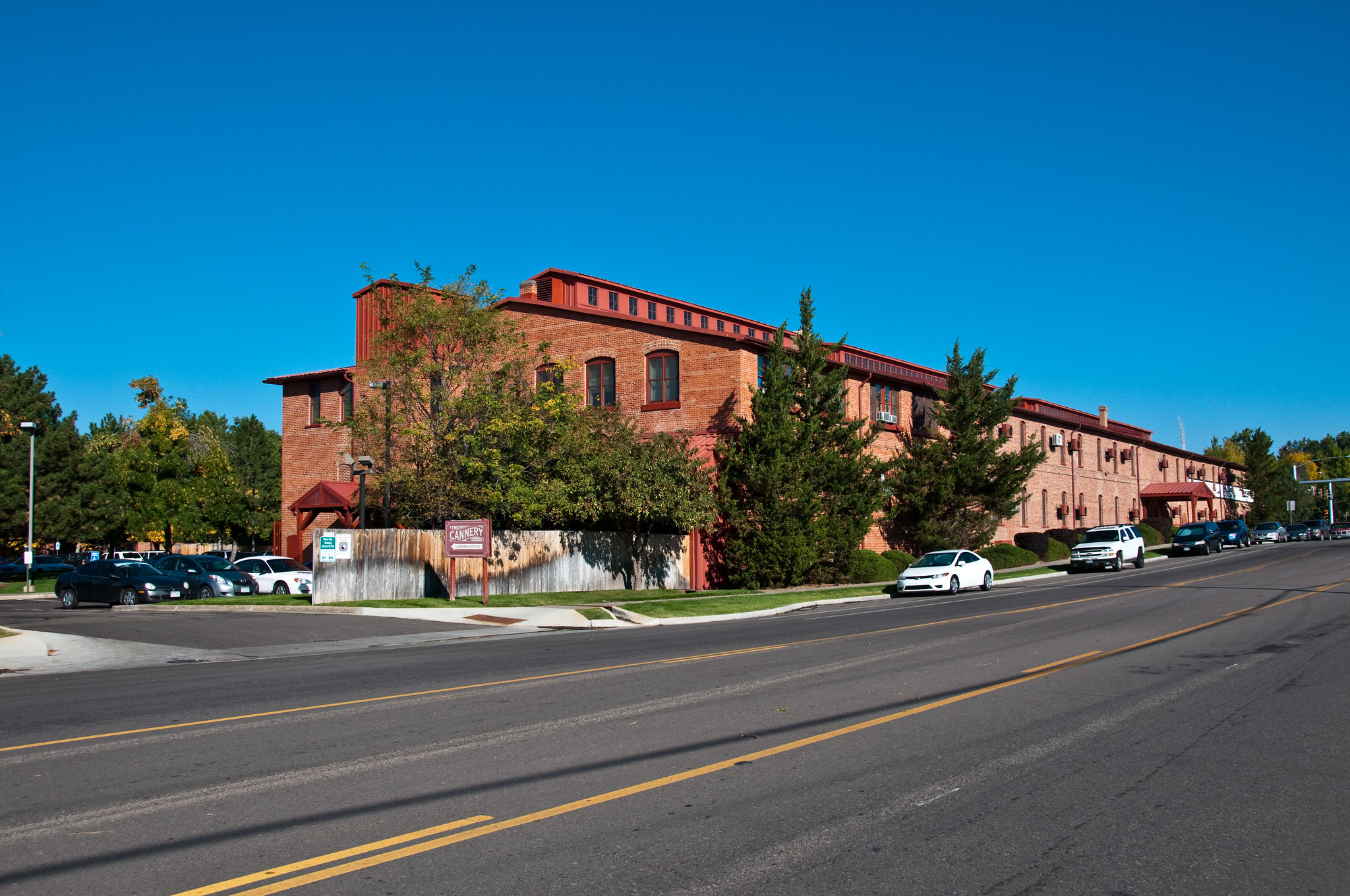Buildings & Infrastructure
Sustainability Objective:
Adopt policies, programs, and design guidelines for resilient and efficient buildings and community infrastructure to enhance quality of life, reduce costs, and complement the natural environment.

Our roads, parks, transit, water, power, homes, and businesses are critical to supporting our quality of life in Longmont. Using equity-oriented, environmentally and economically sound design and development practices in our city’s buildings and infrastructure helps conserve resources, reduces operating costs, ensures equitable access, enhances quality of life, and promotes economic vitality.
 How We Achieve Our Sustainability Objective:
How We Achieve Our Sustainability Objective:
- Expand indoor air quality testing program
- Preserve, improve, and rehabilitate existing affordable homes
- Develop and implement a process to incorporate social equity into prioritizing infrastructure improvements
- Adopt a policy to require life cycle cost and sustainability analyses for all City of Longmont projects and programs
- Revise and update the City of Longmont Design Standards and Construction Specifications to include sustainability
- Develop ‘beyond’ building code
- Adopt and enforce updated building code
